Gripped by climate change … lives of villagers in Sundarbans remain tragic
The poor in the Sundarbans bore the brunt of a cyclonic storm that flattened their mud houses and destroyed the standing crops. They have been dealing with climate change for long now

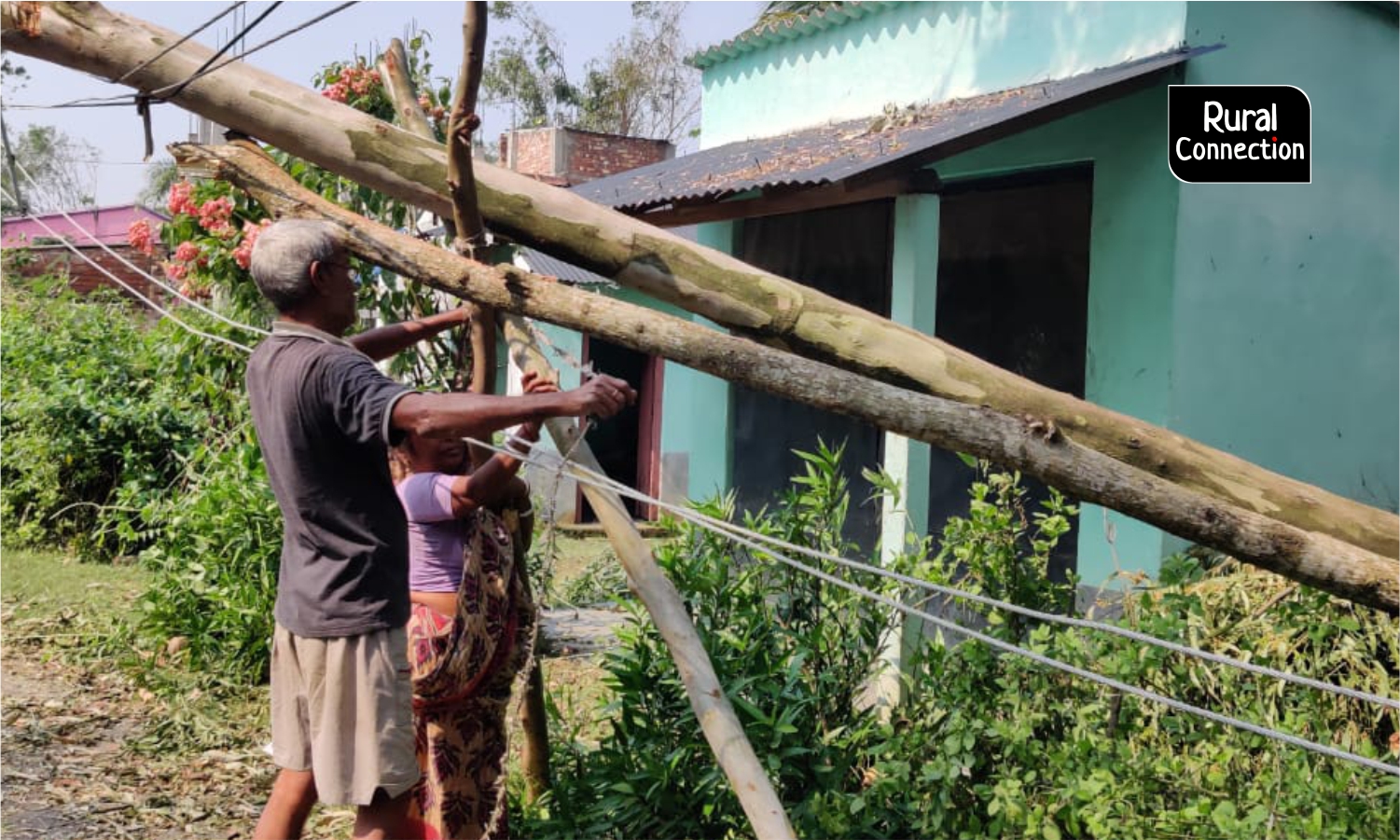
Sagar Island. Sundarbans
Last year, on November 9, at midnight, a severe cyclonic storm, Bulbul, made landfall between Sagar Island (West Bengal) in the Indian Sundarbans and Khepupara in Bangladesh. It killed at least 10 people and affected 2.73 lakh families, leaving behind a trail of destruction in the island, the largest in the Indian Sundarbans delta.
This disaster was more or less ignored by the media, except for some news stories. There were barely any ground reports on the impact on the lives of people in the Sundarbans.
Research studies have shown about 34 per cent of the 4.6 million people residing on different islands in the Indian Sundarbans are under extreme poverty and 75 per cent families have at least one member working in other Indian states.
Barely some 30 hours after the landfall, on the morning of November 11, I reached the island, which accommodates 42 villages or mouzas.
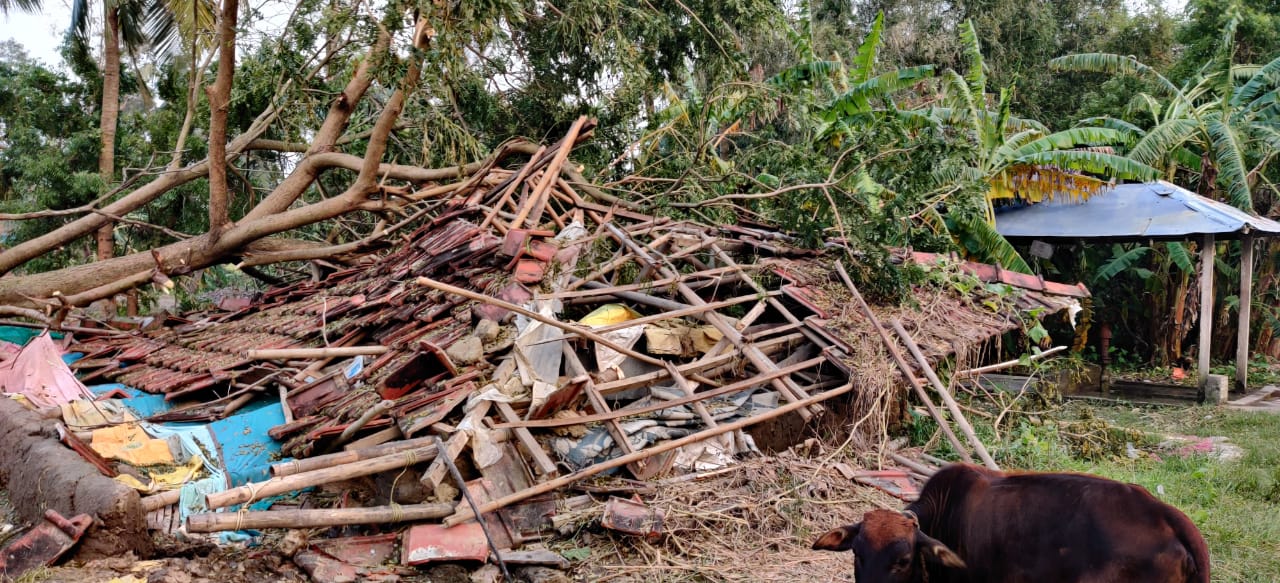
Surprisingly, the 30-kilometre main road connecting the north and south ends of the Sagar Island showed no signs of destruction. But, as I started to move into the interior parts and villages of the island, the extent of devastation became evident.
Electric poles had fallen and thatched-roof huts had been flattened. Uprooted trees had blocked the village roads. Locals were trying to remove them and make their houses approachable. Paddy fields were inundated with water; the standing crop was destroyed. Similarly, the plantations of netel, an important cash crop of the island, were ruined by high-speed winds.
Villages such as Jibantala, Bakim Nagar, Mondirtala, Purshotampur and Boatkhali were severely hit as they were situated in the landfall area of Bulbul in the south-eastern part of Sagar Island. Villages in the northern part were less affected, a joint block development officer, who did not wish to be named, said.
Since I am researching climate change and environmental refugees, I met a number of villagers affected by the cyclone. A large number of local residents claimed Bulbul seemed stronger than cyclone Aila of 2009, which also had caused large-scale devastation in the island.
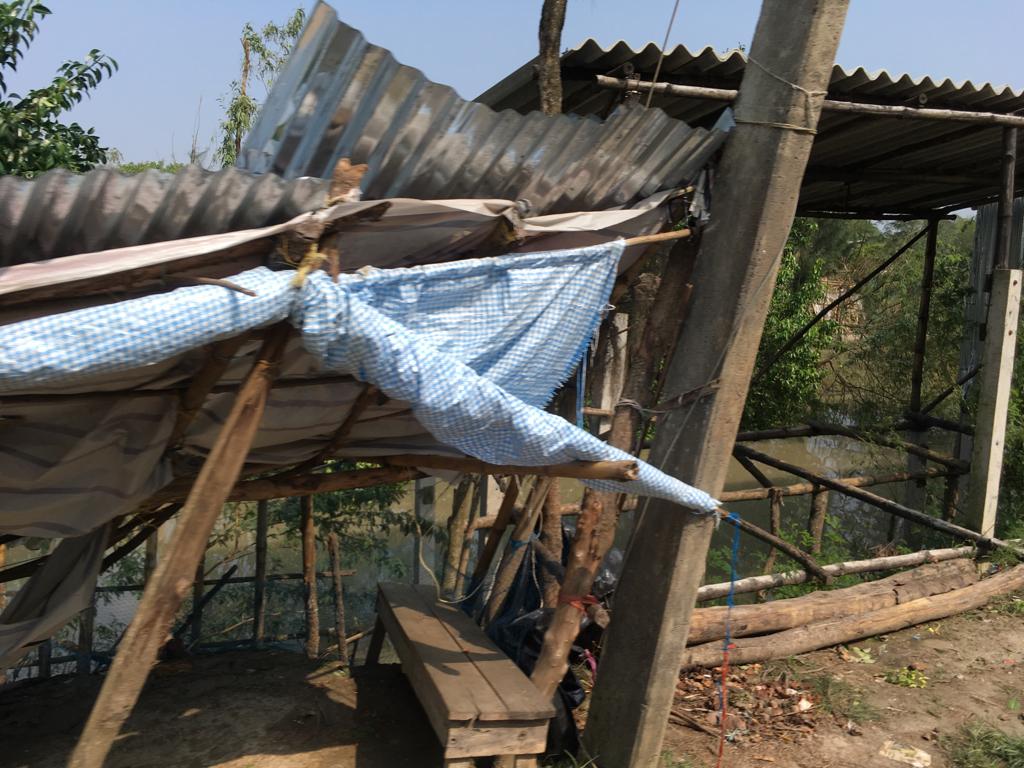
“We experienced high-speed winds and heavy rainfall for almost six hours continuously. The wind also changed direction rapidly, causing extensive damage to our huts and crops,” said a villager at Bankim Nagar.
At Boatkhali, locals alleged the cyclone shelter, where they had stayed to escape the wrath of Bulbul, did not have proper windows. “It was a grill window. Rainwater entered the shelter room and all of us were drenched and remained so for quite a few hours. But, yes, our lives were saved,” another villager said.
Local officials who did not wish to be named said the cyclone-affected were offered dry fruits and rice. The locals, however, complained that they received only 100 grams of rice per person. Some didn’t receive even that, they said. People whose houses were damaged were given tarpaulin, and they were busy rebuilding their huts.
Agriculture losses seemed immense. At Jibantala, farmers claimed their entire betel leaves crop was damaged and won’t fetch them any money in the market. A large number of these people were the original residents of Ghoramara island in the Indian Sundarbans and had been relocated to Jibantala after they lost their land to the rising sea-level caused by climate change. They were again facing the wrath of climate change.

In Boatkhali village, saline seawater had crossed the embankment and ingressed into the land, destroying the standing paddy crop and affecting fertility of the agricultural land. Some said the fresh water aquaculture ponds in the southern part of the island were also affected.
Interestingly, a few high-yielding varieties of rice, such as Santoshi and Pankaj, seemed to have withstood the harsh winds and excessive rainfall of the cyclone. But, traditional paddy varieties like Dhudswar and Aaman Patani were destroyed.
Jeevan Krishnagir, a farmer owning 3-4 bighas (0.48-0.64 hectare) of land in Purshotampur, said his investment of about Rs 12,000 in his paddy field had gone down the drain. Fellow farmers, Uttam Das and Shankar Singh, had similar tales. “Our crop was at the harvesting stage and the Bulbul flattened it. We have suffered a loss of about Rs 12,000-15,000 per bigha, taking into account all the input costs and labour costs,” said Das.
Authorities said besides agriculture losses, many expensive trees — banana, coconut and eucalyptus — were also lost. While I was in the field, the assessment report of crop and house damages was still being prepared and people were awaiting compensation. News reports claim Bulbul had caused losses worth Rs 23,811 crore in three districts of West Bengal, including damages on 14,89,924 hectares of agricultural land. Poor people have not caused climate change, but they seem to be the worst affected. Where is the climate justice?
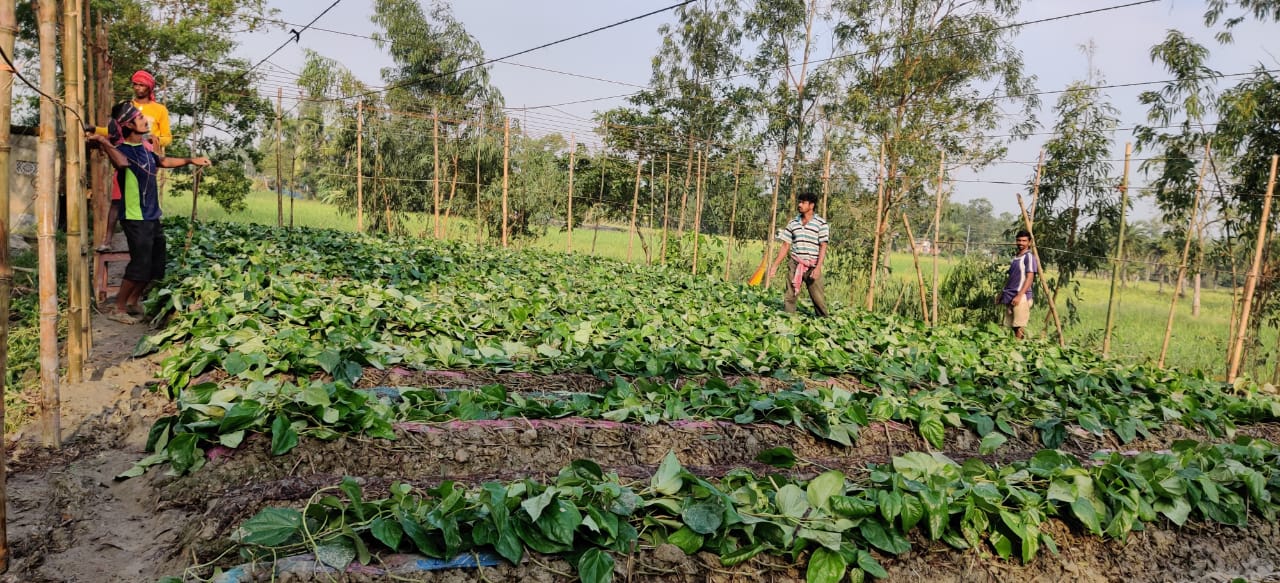
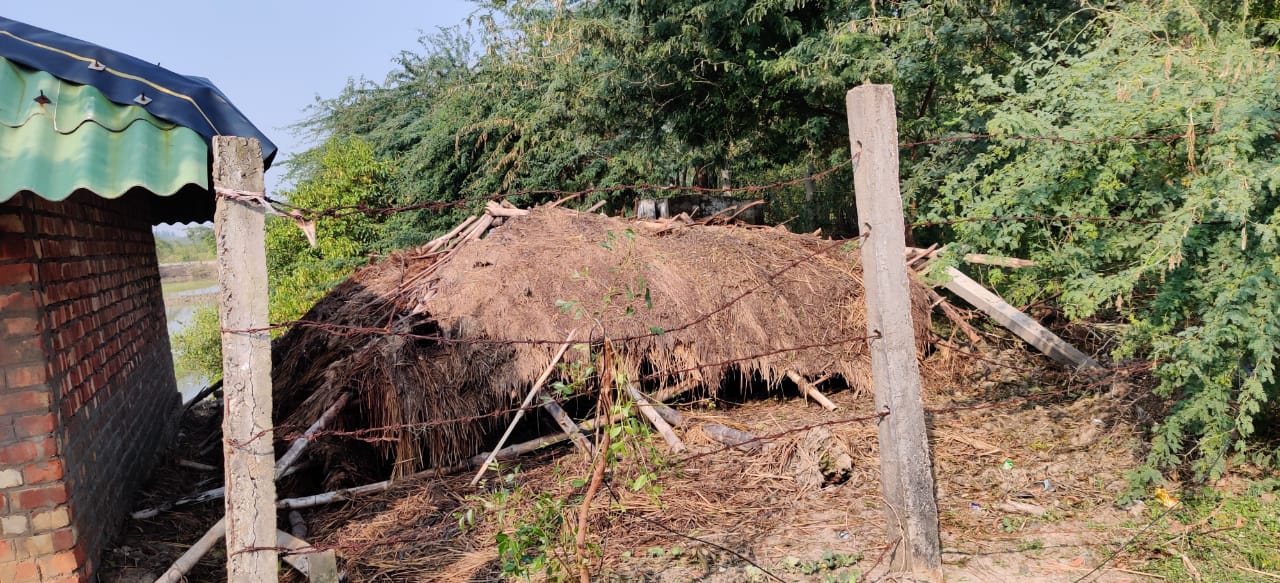
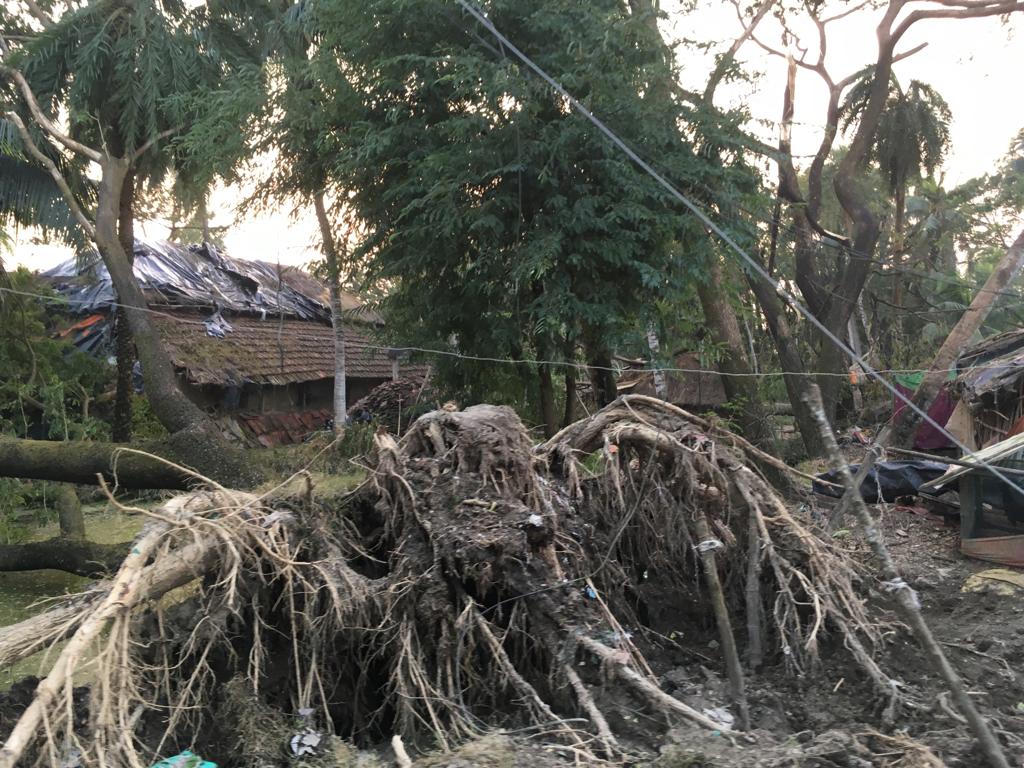
Aparna Venkatachalam is a student of Tata Institute of Social Sciences, Mumbai.

